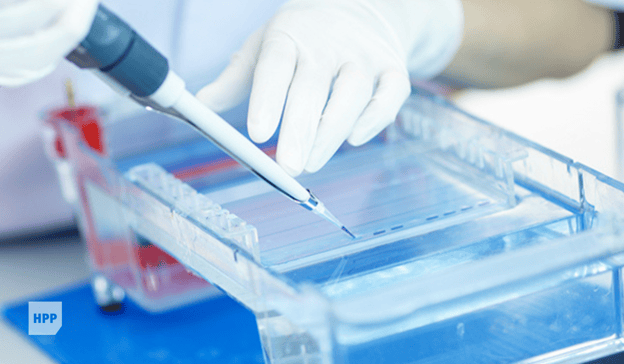Driving Innovation Through Plastics
If you look at our "Industries" list, you'll notice that plastics manufacturing is vital to many domains. Plastics are light, strong, insulating, customizable, moldable, and resistant to corrosion, chemicals, and moisture. Plastics undergo continuous improvement as technology advances, and innovators across industries rely on the versatility of plastic products to help their ideas become realities.
IoAT and Its Impact
Plastics have natural associations with industries such as aerospace, medical equipment, and consumer products. But a newer industry -- autonomous technology -- has the most potential for novel uses of plastic products.
"Autonomous technology" refers to systems or devices operating without human intervention. It falls under the "Internet of Autonomous Things" (IoAT). This technology aims to increase efficiency, reduce human error, and improve safety. It relies on advanced sensors, algorithms, and artificial intelligence to make decisions and respond to its surrounding environment.
Familiar examples of IoAT technologies include self-driving vehicles, drones, and even smart home systems.
Applications of IoAT
Autonomous technology has an exciting role on "both sides" of plastic production. Both a tool made of industrial plastics and a technology that helps make those plastics.
Building IoAT from Plastics
Manufacturers must first build autonomous technologies that enable manufacturing. Manufacturers use industrial plastics to construct lightweight, durable components such as robot frames and casings. Plastics also insulate electrical units, protecting the sensitive circuitry that autonomous technologies rely on to operate. Other critical components, like exterior body panels, sensors, connectors, and wiring harnesses, also rely on industrial plastics.
Utilizing IoAT in Plastic Production
Autonomous technology is unique because it exists on both sides of plastics manufacturing. Autonomous robots perform precise injection molding, control temperature and pressure, handle materials, assemble, and detect defects or abnormalities in the production line. These uses help improve efficiency and reduce human error. Manufacturers have noticed higher accuracy in their products and significant waste reduction when utilizing autonomous technology in the manufacturing process.
Challenges and Considerations
As the famed saying goes, "With great power comes great responsibility," and the use of autonomous technology is no exception. Legitimate concerns arise when considering the future of autonomous technology. We must address these concerns thoughtfully, methodically, and in good faith.
Job Displacement
At Houston Plastic Products, we've adopted a "both/and" approach to integrating IoAT into our manufacturing process. Our future is one of humans and technology -- not "either/or." Autonomous technology will allow our team to use their skills in other areas of our business. Other manufacturers, however, must carefully consider the human costs of embracing a technology-only model.
Cybersecurity
Autonomous technology needs strong cybersecurity to stop unauthorized access or tampering. Manufacturers must implement secure communication protocols, authentication mechanisms, and intrusion detection systems. A lapse in cybersecurity measures could allow malicious persons or activity to corrupt the production line. As autonomous technologies advance, so too will the threats from cyberspace.
The Future of IoAT
As IoAT continues to innovate in the plastics industry, it will encounter other developments affecting our industry. How will we alter autonomous manufacturing to better work with biodegradable and compostable plastics? How can intelligent technologies integrate into autonomous sorting, recycling, and waste management processes? How can these innovations help reduce waste and transportation emissions?
Although autonomous technology has already come so far, we're still in the dawn of its era. We don't know how this fantastic innovation will improve our industry and others. Stay ahead with us in the autonomous technology journey. Discover more about how these innovations can revolutionize your industry.



